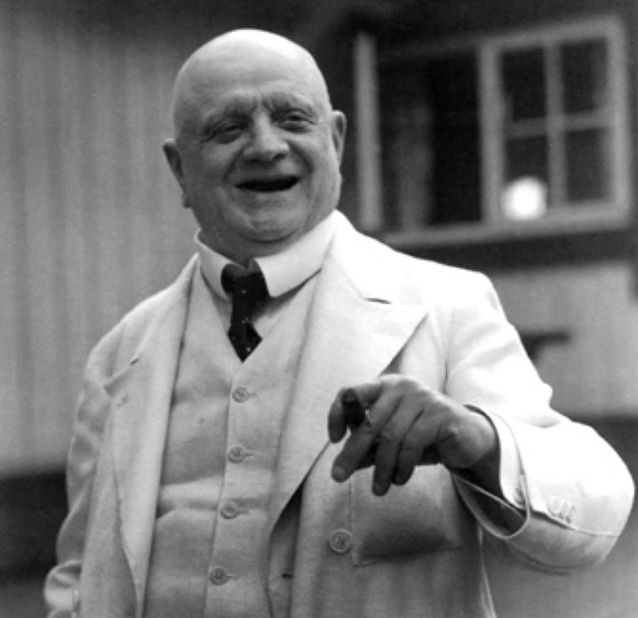Jean Sibelius & Veijo Murtomäki
Johan Christian Julius “Jean” Sibelius
Born December 8, 1865 Hämeenlinna. Died September 20, 1957, Järvenpää
The most internationally renowned and performed Finnish composer
Studies in law at the Imperial Alexander University 1885
Studies at the Helsinki Music Institute (today Sibelius Academy) and further studies abroad.
Honorary PhD 1914, honorary professor 1916, Imperial Alexander University
Key works:
Seven symphonies, a violin concerto and the orchestral works Finlandia, the Karelia Suite, The Swan of Tuonela (part of the Lemminkäinen Suite) and Valse triste. Vocal, choir and piano music, theatre music and chamber music. His last great works were Symphony No. 7 (1924), the theatre piece The Tempest (1926) and the symphonic poem Tapiola (1926)
A list of the works of Jean Sibelius
Veijo Tapio Murtomäki
Born July 26, 1954, Pyhäjärvi
Bachelor of Arts 1977 (musicology), University of Jyväskylä
Diploma in music theory 1980, Sibelius Academy
PhD 1991 (musicology), University of Helsinki
Doctoral dissertation: Symphonic Unity: the Development of Formal thinking in the Symphonies of Sibelius
Professor of music history 1991–, Sibelius Academy
Associate professor of music history 1989–91, Sibelius Academy
Lecturer of music theory 1983–89, Sibelius Academy
Research associate (extraordinary) in musicology 1982–83, University of Helsinki
Research themes: Sibelius as the subject of musical analysis and as a patriot and supporter of collaboration with Germany 1918–44
Publications, research projects and other academic activity
Honours:
Knight, First Class, of the Order of the Lion of Finland
Photo: Helsingin yliopistomuseo
Written by Veijo Murtomäki and Olli Siitonen (Kaija Hartikainen and Tiia Niemelä, ed.)
Translated by Matthew Billington


